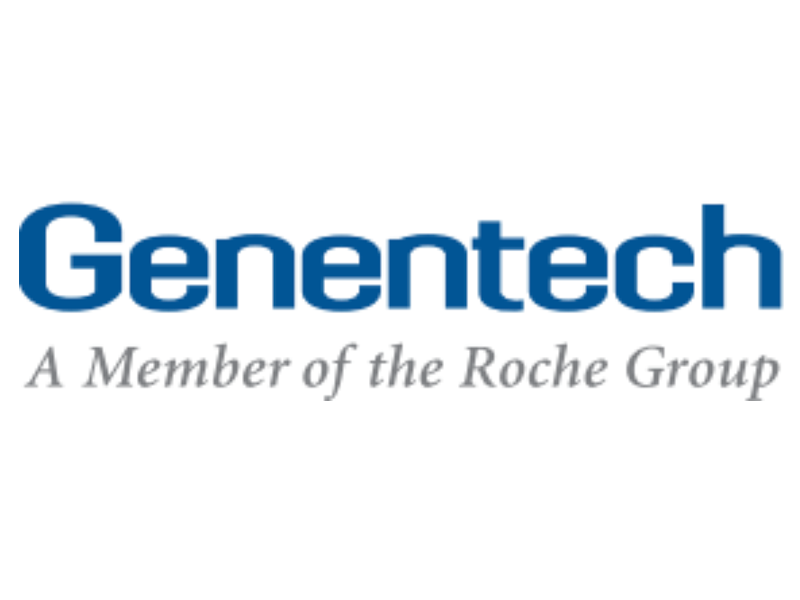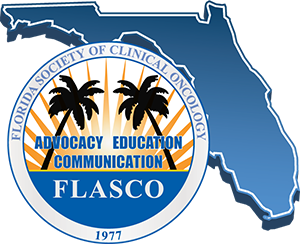ZELBORAF® (Vemurafenib) is Now FDA Approved

Genentech is excited to share the news of a new FDA approval. ZELBORAF® (Vemurafenib) is NOW FDA APPROVED for patients with Erdheim-Chester disease (ECD) with BRAF V600 mutation. ZELBORAF is not indicated for treatment of patients with wild-type BRAF ECD.
ECD is a rare, serious blood disease characterized by the abnormal multiplication of certain white blood cells called histiocytes. (or tissue macrophages):
- ZELBORAF is the first and only FDA-approved treatment for patients with ECD with BRAF V600 mutation.
- ECD has cancer-like features. However, this is an ongoing point of discussion in the research community as we continue to learn more about the biology of the disease. The discovery of a BRAF gene mutation driving the disease in a majority of patients has further advanced our understanding of the disease process.
- Based on available published data, it’s estimated there are fewer than 500 cases of ECD in the United States.
- The exact prevalence and incidence of ECD are difficult to ascertain given the disease is so rare and the time from onset of the disease to clinical presentation at diagnosis varies. It’s estimated that more than 50 percent of people with ECD have BRAF V600 mutation-positive disease.
Additional information:
- The Wholesale Acquisition Cost (WAC) for ZELBORAF does not change.
- Authorized specialty pharmacies do not change. A complete listing of distributors can be found on https://www.genentech-access.com/hcp/brands/zelboraf/learn-about-our-services/product-distribution.html
If you have any questions, please contact me or the Genentech Customer Service Department at 1-800-551-2231, Monday through Friday, 6:00AM to 5:00PM PST.
Important Safety Information
Indication and Usage
ZELBORAF® (vemurafenib) is indicated for the treatment of patients with Erdheim-Chester Disease (ECD) with BRAF V600 mutation.
WARNINGS AND PRECAUTIONS
The following can occur in patients treated with ZELBORAF:
- New primary malignancies including cutaneous malignancies, non-cutaneous squamous cell carcinoma, and other malignancies
- Tumor promotion in BRAF wild-type melanomas
- Serious hypersensitivity reactions including anaphylaxis
- Severe dermatologic reactions including Stevens-Johnson syndrome and toxic epidermal necrolysis
- QT prolongation
- Hepatotoxicity including liver injury leading to functional hepatic impairment (including coagulopathy or other organ dysfunction); increases in transaminases and bilirubin when concurrently administered with ipilimumab
- Photosensitivity
- Ophthalmologic reactions
- Embryo-fetal toxicity
- Radiation sensitization and radiation recall, including fatal cases in patients with visceral involvement
- Renal failure, including acute interstitial nephritis and acute tubular necrosis
- Dupuytren’s contracture and plantar fascial fibromatosis
DRUG INTERACTIONS
Avoid concurrent use of ZELBORAF with strong CYP3A4 inhibitors, strong CYP3A4 inducers, and CYP1A2 and P-glycoprotein substrates with a narrow therapeutic window.
USE IN SPECIFIC POPULATIONS
Lactation: Advise women not to breastfeed while taking ZELBORAF and for 2 weeks after the final dose.
Most Common Adverse Reactions
The most common adverse reactions (≥50%, all grades) were arthralgia (82%), maculo‑papular rash (59%), alopecia (55%), electrocardiogram QT prolonged (55%), fatigue (55%), and skin papilloma (55%).
You may report side effects to the FDA at (800) FDA-1088 or www.fda.gov/medwatch. You may also report side effects to Genentech at (888) 835-2555.
Please see accompanying Full Prescribing Information for additional Important Safety Information.

